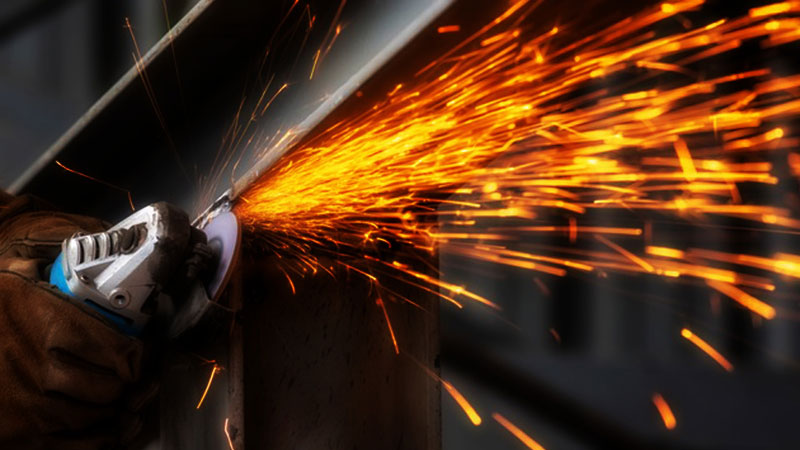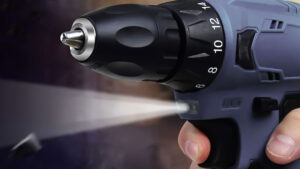RPM, or Revolutions Per Minute, is a crucial aspect to consider when it comes to purchasing and using power tools. This metric indicates the speed at which the tool’s motor rotates, which in turn impacts the tool’s overall performance and efficiency. In this comprehensive guide, we will explore the importance of RPM in various power tools, factors to consider when choosing the right RPM, and frequently asked questions about RPM in power tools.
Importance of RPM in Power Tools
Understanding the RPM of power tools is essential for several reasons:
- Performance: A tool’s RPM affects its cutting, drilling, or grinding capabilities, and therefore, its overall performance.
- Efficiency: Higher RPM tools can often complete tasks more quickly and with less effort, leading to increased productivity.
- Versatility: Some power tools offer adjustable RPM settings, enabling users to switch between different speeds for various applications.
Common Power Tools and Their RPM Ranges
Different power tools have varying RPM ranges, depending on their intended uses. Here are some common power tools and their typical RPM ranges:
- Drills: 500 to 2,500 RPM
- Circular Saws: 4,000 to 5,000 RPM
- Angle Grinders: 5,000 to 10,000 RPM
- Jigsaws: 1,000 to 3,000 RPM
- Orbital Sanders: 8,000 to 12,000 RPM
- Routers: 8,000 to 24,000 RPM
Factors to Consider When Choosing RPM
When selecting a power tool with the appropriate RPM, consider the following factors:
- Material: Different materials require different RPMs for optimal cutting, drilling, or grinding. For instance, softer materials often need higher RPMs, while harder materials typically require lower RPMs.
- Tool Type: The optimal RPM range varies depending on the specific power tool in question.
- Bit or Blade Size: Larger bits or blades generally require lower RPMs, while smaller ones can handle higher RPMs.
- Application: Some tasks may need higher RPMs for smoother finishes, while others may require lower RPMs for more control and precision.
How to Adjust RPM in Power Tools
Many power tools feature adjustable RPM settings, which can be altered using one of these methods:
- Variable Speed Trigger: A trigger that allows users to control the RPM by applying more or less pressure.
- Dial or Switch: Some tools have a dial or switch that lets users select a specific RPM setting.
- Electronic Feedback Circuitry: Certain power tools use electronic feedback circuitry to maintain a consistent RPM under load.
Safety Tips for Using High-RPM Power Tools
To ensure safety while using high-RPM power tools, follow these guidelines:
- Wear appropriate personal protective equipment (PPE), such as safety goggles, gloves, and hearing protection.
- Inspect the tool for any damage or loose parts before use.
- Ensure the work area is clean and well-lit.
- Secure the material being worked on with clamps or a vise.
- Always follow the manufacturer’s recommendations for RPM settings and safety precautions.
FAQs
What is RPM in power tools?
RPM stands for Revolutions Per Minute and is a measure of the speed at which a power tool’s motor rotates.
Why is RPM important for power tools?
RPM is important for power tools because it affects the tool’s performance, efficiency, and versatility in handling various applications and materials.
How do I know the correct RPM for my power tool?
Consult the manufacturer’s guidelines and recommendations for the appropriate RPM range for your power tool and the specific task you want to perform.
Can I adjust the RPM on my power tool?
Many power tools have adjustable RPM settings, which can be controlled using a variable speed trigger, dial, or electronic feedback circuitry.
What happens if I use a power tool at the wrong RPM?
Using a power tool at the wrong RPM can lead to reduced efficiency, poor performance, increased wear and tear on the tool, and potential safety hazards.
Is a higher RPM always better for power tools?
Not necessarily. The ideal RPM depends on the specific power tool, the material being worked on, and the desired outcome. In some cases, a higher RPM can lead to increased efficiency and smoother finishes, while in others, a lower RPM might be more appropriate for precision and control.
Do cordless power tools have the same RPM capabilities as corded ones?
While cordless power tools have improved significantly in recent years, they may still have lower RPM capabilities compared to corded counterparts due to limitations in battery power. However, for many applications, cordless power tools can still provide adequate RPM ranges.
How can I maintain a consistent RPM when using my power tool?
Some power tools have built-in electronic feedback circuitry that helps maintain a consistent RPM under varying loads. Additionally, practice and experience can help you develop a steady hand and better control of the tool’s RPM.
Final Words
RPM is a critical factor to consider when choosing and using power tools, as it greatly impacts their performance, efficiency, and versatility. By understanding the importance of RPM and how it relates to various power tools, you can make informed decisions when purchasing and utilizing these devices. Don’t forget to follow safety guidelines and manufacturer recommendations to ensure the best results and a safe working environment.




